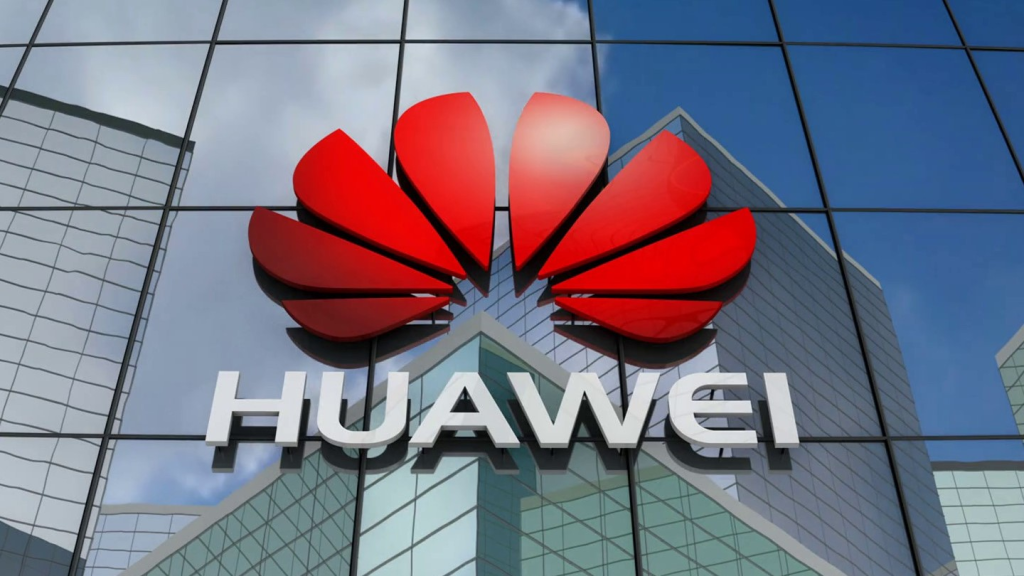China’s Huawei Technologies on Tuesday unveiled a $2,800 tri-foldable phone as it seeks to extend its lead in the world’s biggest smartphone market and steal the spotlight from Apple hours after it debuted a new iPhone.
The Chinese tech giant showed off its new Mate XT, which users can fold three ways like an accordion screen door, during a launch ceremony in the southern tech hub of Shenzhen.
The device has already received more than 4 million pre-orders, for which no deposit is required, according to the company’s website. The entire global market for foldable phones was around 4 million units in the second quarter, according to research firm IDC.
“Today we bring you a product that everyone can think of but could not make. Our team has been working hard for five years and has never given up,” Huawei executive director Richard Yu said at the launch.
“Today we will once again rewrite the history of the industry, turn science fiction into reality, and lead a new era of folding devices.”
The new phone boasts an AI assistant with text summary, translation and editing functions, as well as AI-boosted image editing functions such as trimming unwanted parts of photos, Yu said.
AI functions are supported by Huawei’s in-house Kylin chips, he added.
The much-anticipated launch comes just hours after Apple unveiled its latest model – the AI-boosted iPhone 16 – with both smartphones due to go on sale on Sept. 20.
The Mate XT comes in red and black and has a 10.2 inch display screen. At 3.6mm wide, the company said it was the world’s slimmest foldable phone and has a keyboard attachment that fits in your pocket.
Prices start at 19,999 yuan ($2,800) for 256 gigabytes, with versions with higher memory available for 21,999 yuan and 23,999 yuan.
APPLE’S AI CHALLENGE
The launch, which follows a series of successful smartphone debuts, underscores Huawei’s ability to navigate U.S. sanctions and solidifies its position against Apple in China, where some consumers criticised the new iPhone 16 for its lack of AI features in the country.
Apple has yet to announce an AI partner in China to power the 16s and Apple Intelligence, the company’s AI software, will only be available in Chinese languages next year.
“What’s the point of buying it if you can’t use AI?” wrote one user on Weibo, China’s X-like platform. Another commented: “Without AI as the biggest selling point, it should be half price.”
Apple’s shares fell 1.15% in pre-market U.S. trading.
While Apple for years enjoyed strong demand in China, where new iPhone launches once sparked a frenzy, its sales have dwindled and the company’s ranking in the world’s second-largest economy has now dropped from third to sixth place.
Huawei made a comeback to the high-end smartphone segment last year with the release of a device powered by a domestically-made chip, defying U.S. sanctions that have cut off its access to the global chipset supply chain. The launch of the Mate 60 Pro surprised analysts and U.S. officials.
Huawei already has two-way foldable phones in its lineup, and its strong sales in China helped it overtake Samsung Electronics this year as the biggest vendor of such phones globally.
But with a price tag that starts at $2,800 – more than twice the starting price of the comparable iPhone 16 Pro Max – and limited production, the tri-fold phone is likely to become more of a symbol of Huawei’s tech prowess than a major sales driver, analysts said.
“Production constraints and the high price point mean the new phone will likely not have a huge impact in terms of shipments,” said Will Wong, senior researcher at consultancy IDC.
“But it’s telling the consumers that it’s still the tech leader and the potential challenge it brings to Apple may be far beyond just market share.”
The foldable smartphone market grew 57% year-on-year in the second quarter with 3.9 million units shipped, largely as Chinese smartphone makers pushed into overseas markets, according to IDC.
That remains just 1.3% of the wider smartphone market, with 292.2 million smartphones shipped in the second quarter, IDC said.
Huawei ranked as the world’s biggest foldable smartphone seller in the second quarter with a 27.5% market share, ahead of South Korea’s Samsung, with 16.4%, according to IDC.
That share rises to 42% in China’s home market, ahead of Vivo and former Huawei unit Honor, which it spun off under pressure from U.S. sanctions in 2020.



